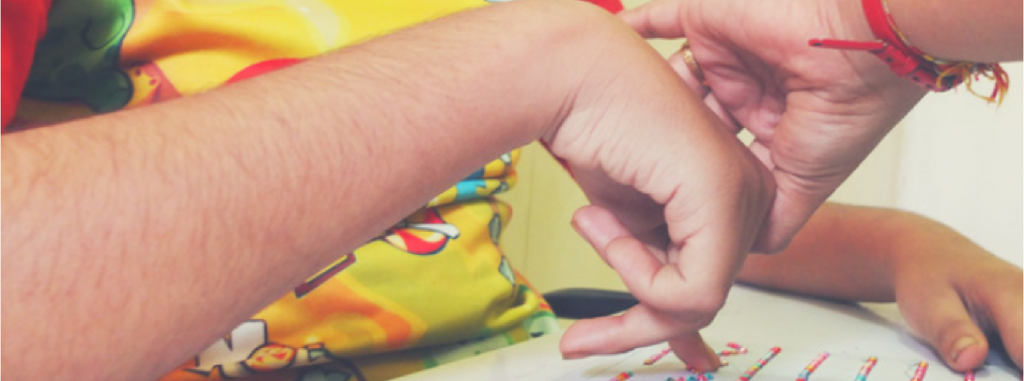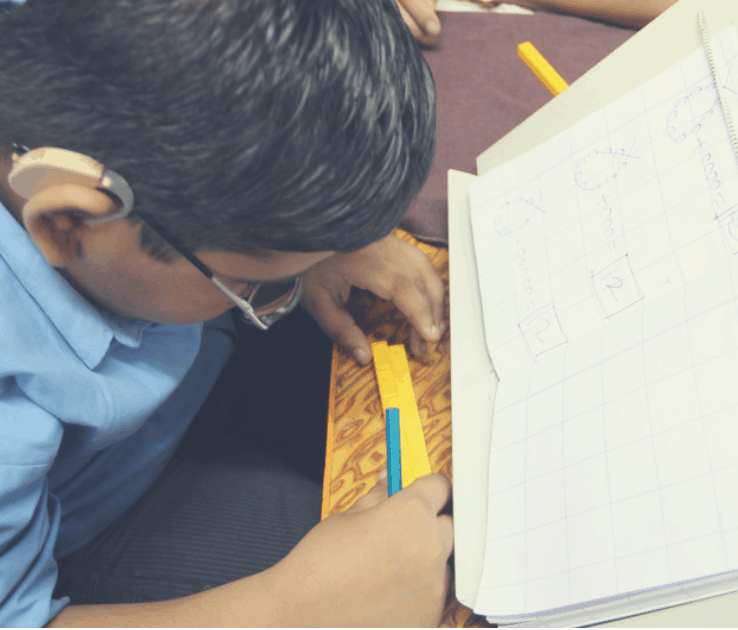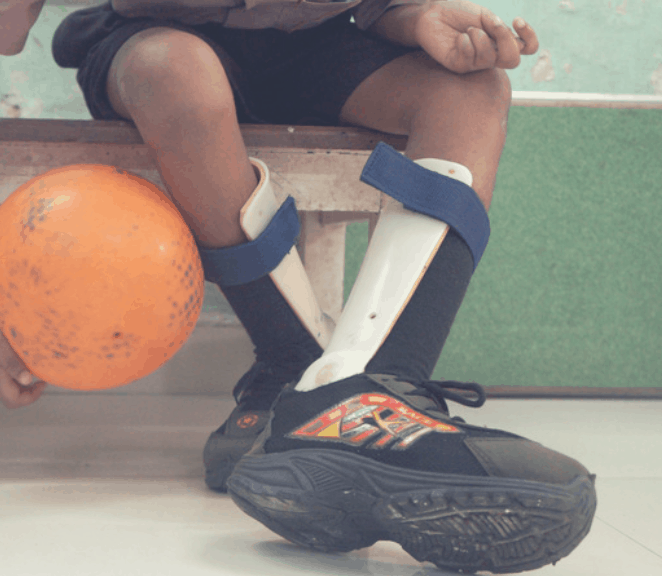5 min read
- Atma’s recently launched report examines the landscape of India’s education through the lens of children with disabilities (CWD).
- Despite improved access to quality education, CWD face economic and structural barriers
- Atma lays out recommendations for coordinated responses across all stakeholders
Co-Author: Mary Ellen Matsui
This report aims to present challenges in disability education, against the backdrop of the recent push towards inclusive education through state practices. By exploring operations across 21 organisations operating as special schools, vocational centres, therapy or rehabilitation centres, Atma highlights challenges and opportunities to driving inclusive education in India.
Increased Enrollment Rate for CWD does not correspond to Increased Quality Education for All
Inclusion although now codified in law finds little use in supporting CWD. Even though students might gain access to mainstream classrooms (as reported in an increased enrollment rate for CWD), they are not taught the way they can learn. As a result, segregated setups remain the Hobson’s choice for parents looking for appropriate support for their children.
Despite the call for an increase in access to quality education for all children, many of them continue to be excluded due to their disabilities. According to global statistics, one in every 15 people has a disability; this accounts for more than half a billion children worldwide and about 70 million children in India.
With state mechanisms still struggling to accurately identify these disabilities, how do we ensure access to quality educational resources?
In Atma’s sample of organisations surveyed, we find skills required by special educators to support children with disabilities to be very different from those required by mainstream educators. In spite of a proven skill requirement, few schools train their teachers to work effectively with CWD. Parents then are forced to settle for affordable, yet low-quality educational institutions.
Dual-Focus Solutions – Improved Access and Quality of Education
The report presents a dual-focus for solutions intended to mitigate challenges in this space.
Firstly, solutions should focus on helping CWD gain access. Only 60% of mature organisations (operating for more than 10 years) served more than 50 beneficiaries. This lack of potential for scaling leaves students with disabilities excluded from education altogether. The situation is exacerbated for children from low-income families, which creates lifelong barriers to their education, employment, and public services, thus keeping them in poverty.
Across Plan International’s research sample of 1.4 million sponsored children in 30 countries, they found children with disabilities to be 10 times more likely to be out of school.
Secondly, resources towards educational access need to be monitored for quality. Teachers as principal implementers of inclusive practice remain at the center of this recommendation. A survey conducted by 560 government school teachers in Ahmedabad showed an alarming need for investment in teacher training. 70% of teachers surveyed had neither receive training in special education nor had any prior experience in supporting CWD. Overall, one-off teacher training programs are found to be less useful than overall professional development that equips teachers with appropriate support to overcome real challenges.
Key Considerations to Build a Low-Cost Inclusive Model of Education
Support can start with investment in quality solutions that not only give CWD access to education but also scale solutions.
Moving towards an inclusive school not only involves curriculum revisions towards inclusive pedagogy and material, but also equipping teachers to implement this in the classroom. Evidenced-practice of classroom strategies and behaviour management should find its way to mainstream classrooms that also serve low-income students.
Finally, a coordinated response across the triad of stakeholders: students, their parents, and support services (educators, clinicians) ensure that inclusion is adopted both as a process and as an outcome of equitable education.
To find out more or contribute to the space, get in touch with [email protected].
____________
Atma empowers grassroots educational initiatives to grow bigger, better, and stronger in a lasting way, thus turning potential dropouts into graduates. Using a systematic management approach, it leads NGOs to scale-up, expand their reach and dramatically increase student learning outcomes. Atma launches its report ‘Bridging the Gap on Disability Education in India’ this December.





















